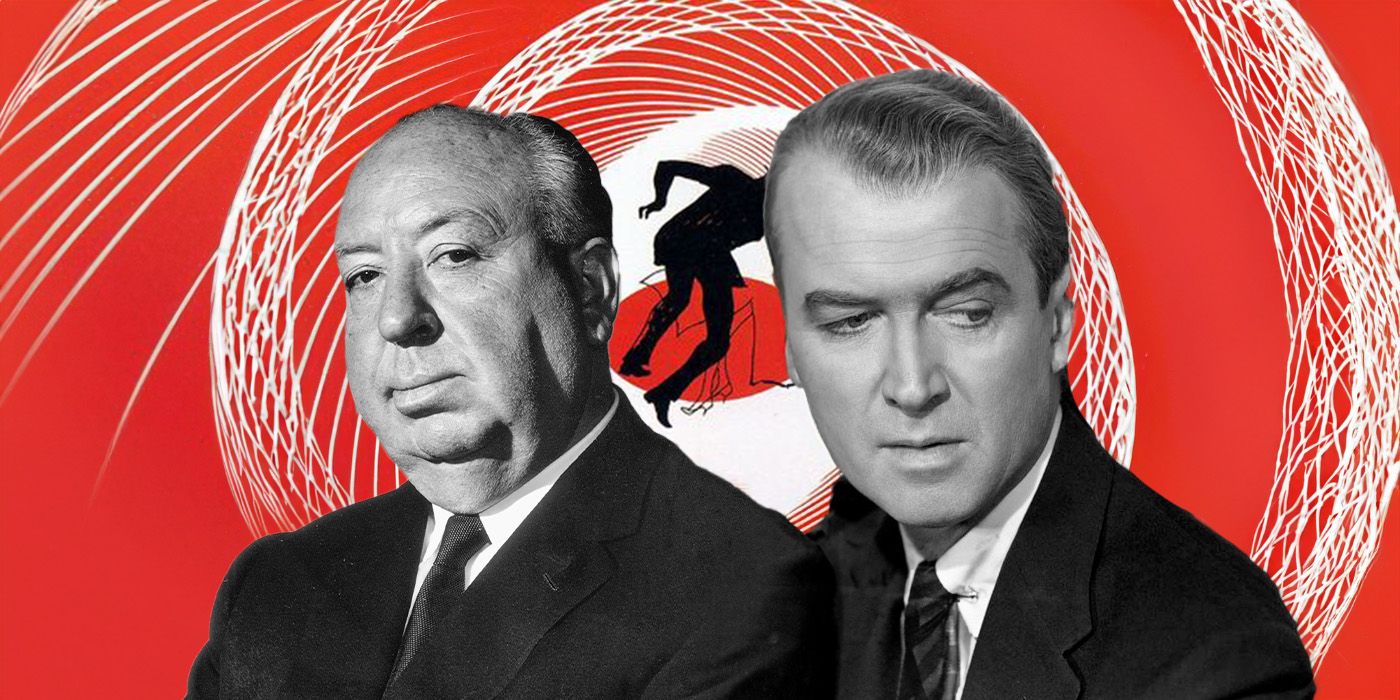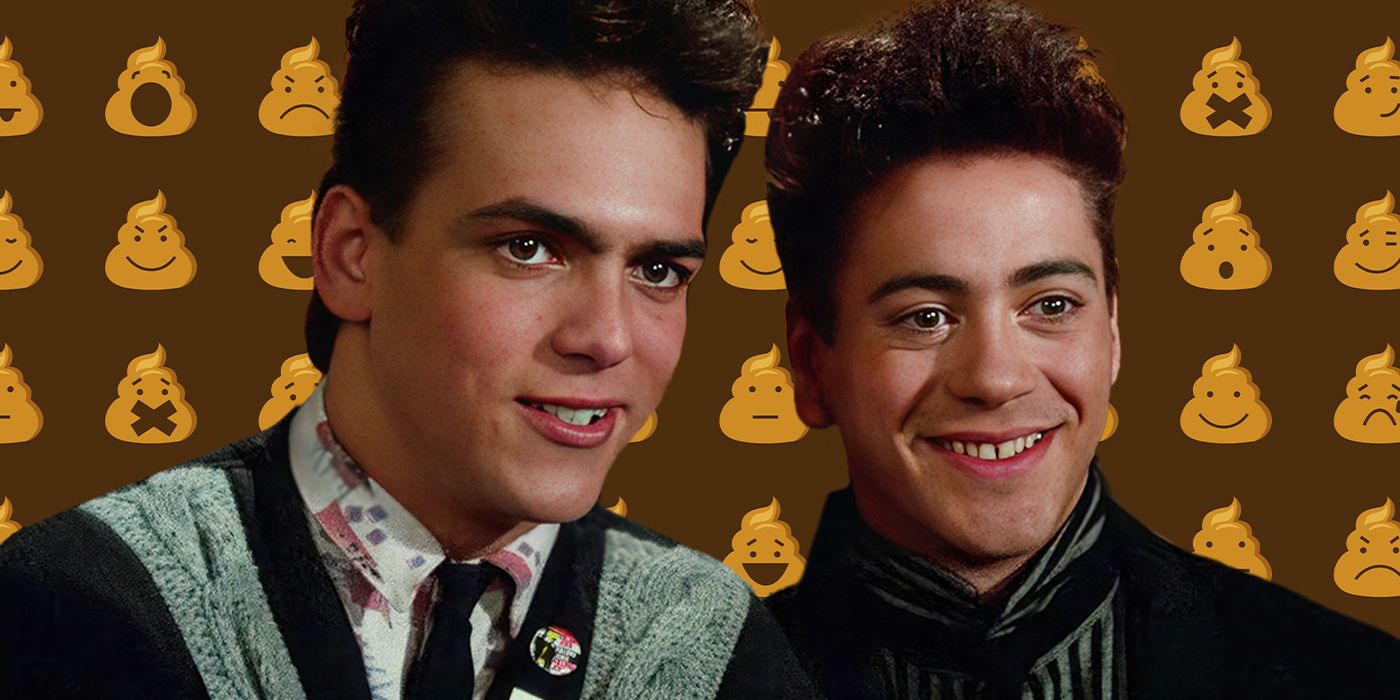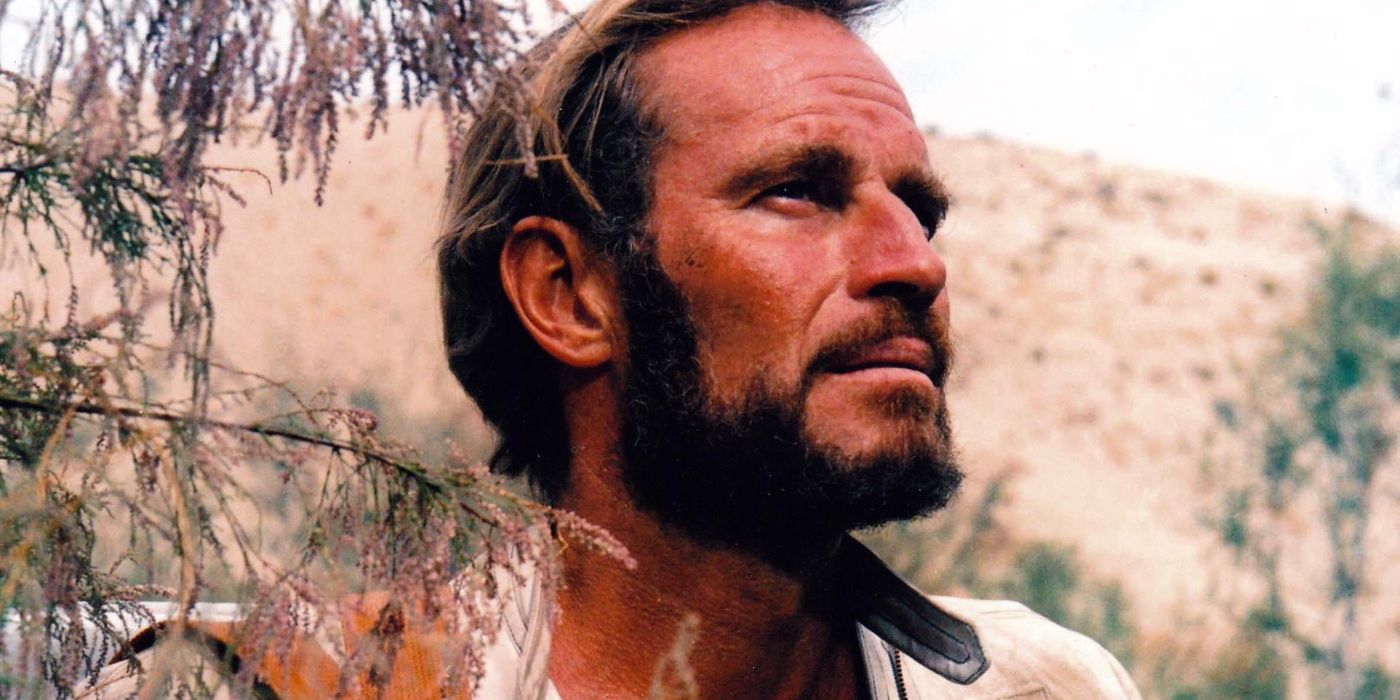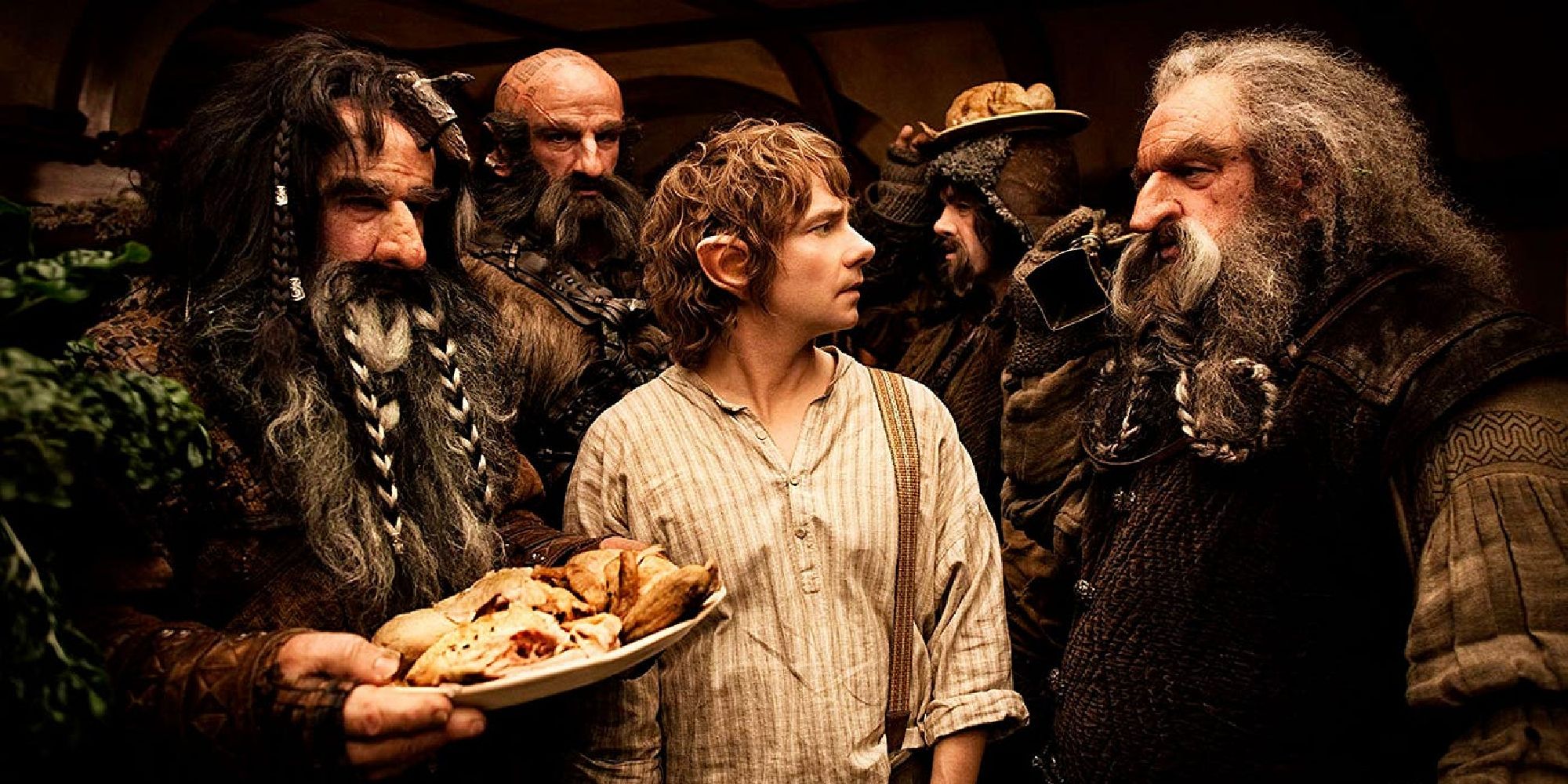The Big Picture
- Alfred Hitchcock changed the setting from Paris to San Francisco in
Vertigo
for audience familiarity and dramatic potential. -
Vertigo
stays faithful to the plot of the source material & introduces a tragic romance element to the story adaptation. - Hitchcock elevated the source material with
Vertigo
, turning it into a seminal entry in the neo-noir genre that has stood the test of time.
The great Alfred Hitchcock had a cinematic career that spanned over five decades and oversaw significant changes in the way the industry operated. Hitchcock’s reputation of being the “Master of Suspense” was not a moniker that he earned overnight, as he worked for many years to develop the unique cinematic language that was so critical to defining his subgenre of “Hitchocockian” thrillers. While much of his films’ success can be credited to Hitchcock’s ability to understand what his audiences wanted to see, he also had the benefit of working with great source material from legendary novelists. Although it is now regarded as both one of his best films and the most influential thrillers ever made, Hitchcock’s classic mystery Vertigo is radically different from the novel it was based on.
Vertigo
A former San Francisco police detective juggles wrestling with his personal demons and becoming obsessed with the hauntingly beautiful woman he has been hired to trail, who may be deeply disturbed.
- Release Date
- May 28, 1958
- Cast
- James Stewart , Kim Novak , Barbara Bel Geddes , Tom Helmore , Henry Jones , Raymond Bailey
- Runtime
- 128
- Main Genre
- Mystery
- Writers
- Alec Coppel , Samuel A. Taylor , Pierre Boileau , Thomas Narcejac , Maxwell Anderson
- Tagline
- Alfred Hitchcock engulfs you in a whirlpool of terror and tension
Alfred Hitchcock Changed the Setting of ‘Vertigo’
Hitchcock began his career making lower-budget films in England, earning acclaim for his inventive use of editing and signature twist endings. While Hitchcock did not consider all of his early work to be successful, it certainly aided in giving him credibility once he made his transition to Hollywood in the early 1940s. His move was met with immediate success, as Hitchcock’s adaptation of the Daphne du Maurier novel Rebecca won the Academy Award for Best Picture. It was evident that Hitchcock could take hit novels and effectively translate them to the screen, pleasing both readers of the source material and those experiencing the narrative for the first time.
Given his considerable interest in the psychological thriller genre, Hitchcock took a keen interest in crafting an adaptation of the 1954 French novel D’entre les morts. Boileau-Narcejac’s mystery novel, which translates to The Living and the Dead, dealt with serious themes regarding loss, trauma, romantic fantasy, and subjective memory. While the novel had received praise for its intricately laden plot twists and shocking ending, it did receive criticism for what some perceived as simplistic characters and generic background. Hitchcock made significant changes to the novel before it became the version of Vertigo that exists today. While Vertigo may not be unrecognizable to readers of The Living and the Dead, it’s one of the many cinematic adaptations that stray significantly from the source material.
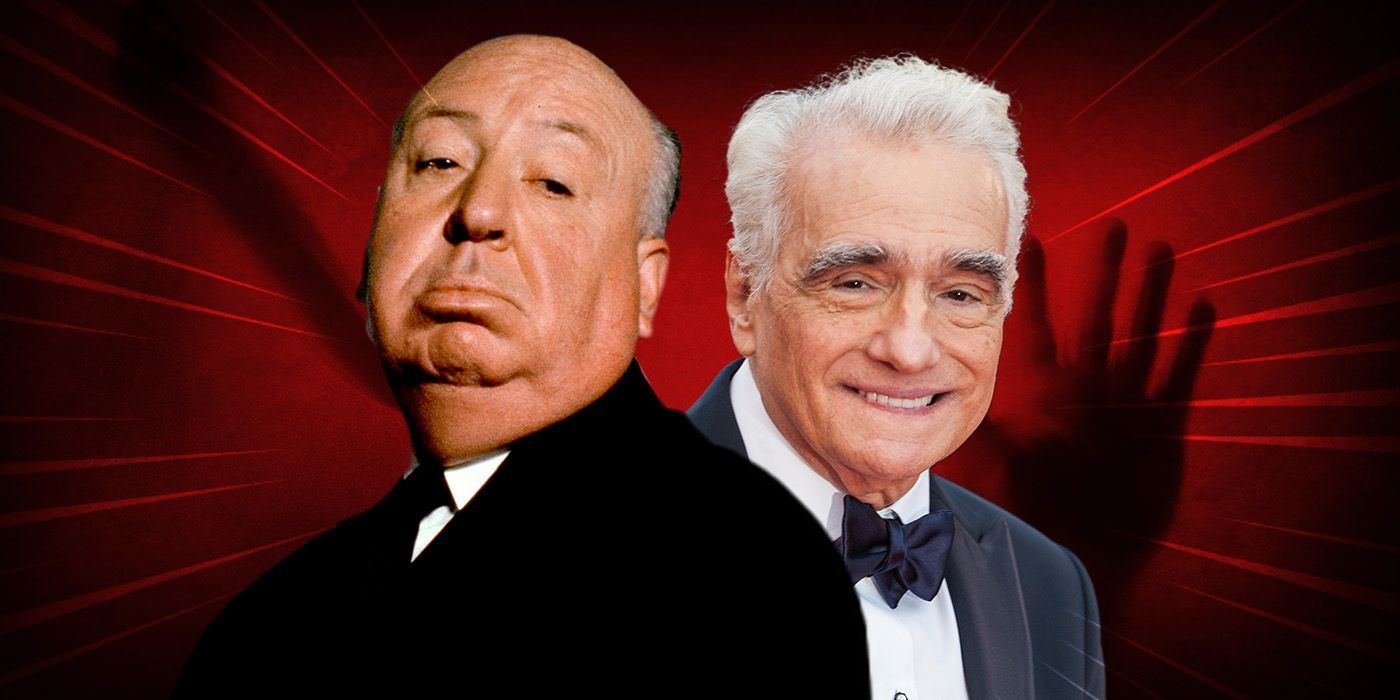
This Classic Hitchcock Horror Inspired One of Martin Scorsese’s Greatest Movies
…And it’s not the film you might think.
Among the most critical shifts that Hitchcock made in crafting his adaptation was having Vertigo change the setting of The Living and the Dead from Paris to San Francisco. Swapping the setting isn’t unusual for American adaptations, as it allowed Hitchcock to ground the story in locations that the target audience was familiar with. He was also able to use some of the most iconic architecture in San Francisco to maximize the story’s dramatic potential. Although the original novel featured a critical sequence involving the river Seine, Hitchcock replaced it with San Francisco Bay and created one of the most iconic camera shots of all time.
Hitchcock Turned ‘Vertigo’ Into a Tragic Romance
Despite the strong political and social changes that come with choosing a different setting, Vertigo is a fairly faithful adaptation of the plot of The Living and the Dead. The novel centers on the Parisian lawyer Roger Flavières, who has an intense fear of heights after witnessing a tragedy; this character was the direct inspiration for James Stewart’s performance as the retired police officer Scottie Ferguson. In The Living and the Dead, Flavières is contacted by his old acquaintance Gevigne to investigate the disappearance of his wife, Madeline; in Vertigo, Scottie is recruited by his college friend Gavin Elster (Tom Helmore) to find his wife Madeline (Kim Novak). The book spends more time fleshing out the relationship between the two old colleagues than the film does.
Although the signature twist that reveals Madeline’s fate is identical in both versions of the story, Vertigo presents a different motivation for Ferguson’s intentions to rescue Madeline. In the novel, Flavières is openly hostile towards Gevigne, and fears for Madeline’s safety; since The Living and the Dead takes place during a war, Flavières feels that Gevigne is a profiteer who is taking advantage of the violent circumstances that surround them. Although the film presents a purer lustfulness on Ferguson’s part, the plot twist that Madeline and Judy are the same person has more oblique sexual connotations in the novel.
Despite the differences in characterization, Hitchcock stays true to the bleak tone of the source material. Although he had briefly considered an alternate conclusion that would’ve ended the story on a happier note, Hitchcock included the disturbing sequence where Judy falls to her death. However, it’s another case where Hitchcock’s adaptation is more profound in its depiction; while the book’s ending is meant to purely shock the reader, Vertigo’s final sequence pays off the building anxiety surrounding Ferguson’s fear of heights.
Hitchcock Elevated the Source Material With ‘Vertigo’
While there are many underwhelming cinematic adaptations of classic novels, there are also several great ones. While books like Jaws, The Godfather, Fight Club, and American Psycho aren’t necessarily remembered as literary classics, the films that they inspired ended up surpassing their source material. Hitchcock’s Vertigo is one of the rare films that is better than the novel. The Living and the Dead essentially feels like a “rough draft” for the more fleshed-out story that Vertigo utilizes. Hitchcock added a touch of surrealism and anxiety-including paranoia that turned Vertigo into a quintessential entry within the neo-noir genre.
Although it wasn’t first greeted with the same widespread appreciation as his other classics, Vertigo has stood the test of time as one of Hitchcock’s best. Time had been kind to the film, and multiple viewings have helped many film scholars unpack the latent themes that Hitchcock snuck into what would have otherwise been a fairly straightforward thriller. Despite being snubbed of Academy Award nominations for Best Picture and Best Director, Vertigo was named the ninth greatest American film of all time by the American Film Institute in 2007 and later crowned the second best film ever made by Sight & Sound magazine in 2022.
Vertigo is available to rent on Amazon.
RENT ON AMAZON

